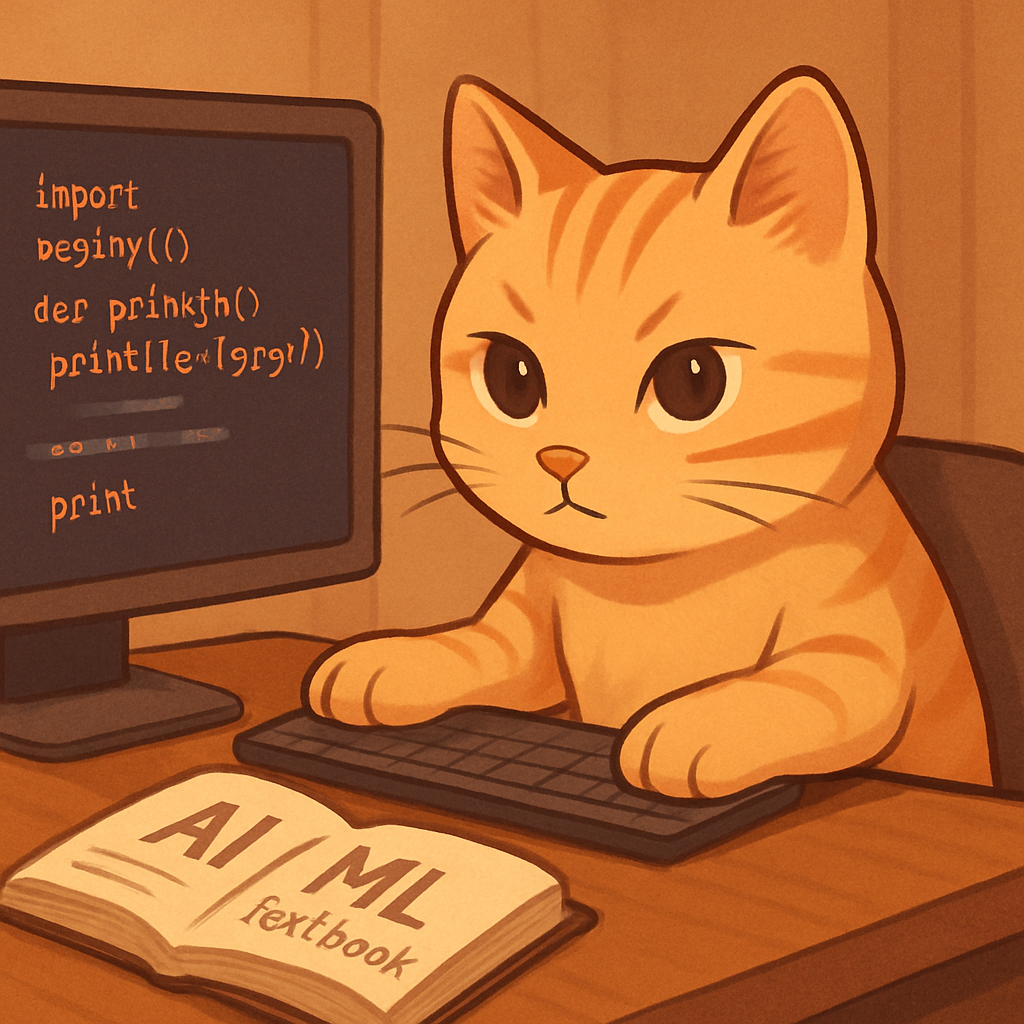What is LLM Fine-Tuning? Making the Model Speak Your Language
What is Fine-Tuning an LLM?
From what I’ve come to understand through experience and study:
Fine-tuning is the process of teaching a pretrained large language model (LLM) to speak the way you want.
LLMs already know how to generate general language well. But to make them respond in a specific tone, domain, or behavioral pattern, we fine-tune them on carefully crafted examples.
The Purpose of Fine-Tuning
The goal is not to make the model smarter in general — it’s to make it:
- Follow your instruction style
- Respond in your preferred format
- Adapt to your data domain
For example, without fine-tuning, a model might respond too broadly or imprecisely. With fine-tuning, you guide the model toward responses that reflect your task, tone, and expectations.
Example: Training Data Format
Here’s an example of what a fine-tuning dataset might look like:
{
"prompt": "Generate a daily itinerary for a tourist visiting Seoul for one day.",
"response": "Sure! Here's a one-day itinerary in Seoul:
1. Start with Gyeongbokgung Palace in the morning...
2. Lunch at a local Korean BBQ spot...
3. Afternoon walk along the Cheonggyecheon stream..."
}
This is repeated over and over — with variations — so the model learns what kind of response you expect when you give a certain type of prompt.
Why Prompt Diversity Matters
The more diverse and varied your prompts, the more generalizable the model becomes:
- It learns to handle edge cases
- It can adapt to different phrasings
- It avoids overfitting to one way of asking
This is one of the key things I learned: you’re not just teaching the model the answers — you’re teaching it how to think within a context.
What I Learned
- Fine-tuning ≠ retraining — it’s surgical adjustment to change model behavior
- Prompt-response pairs are the core of effective fine-tuning
- Prompt variety directly affects how robust and flexible your fine-tuned model becomes
Next Steps
- Generate more diverse training examples using real user data
- Explore LoRA or QLoRA for efficient fine-tuning
- Evaluate how different prompt styles affect output quality
Conclusion
Fine-tuning is not just about performance — it’s about alignment.
Making a model speak your language, follow your logic, and serve your task. That’s the real power behind LLM fine-tuning.
